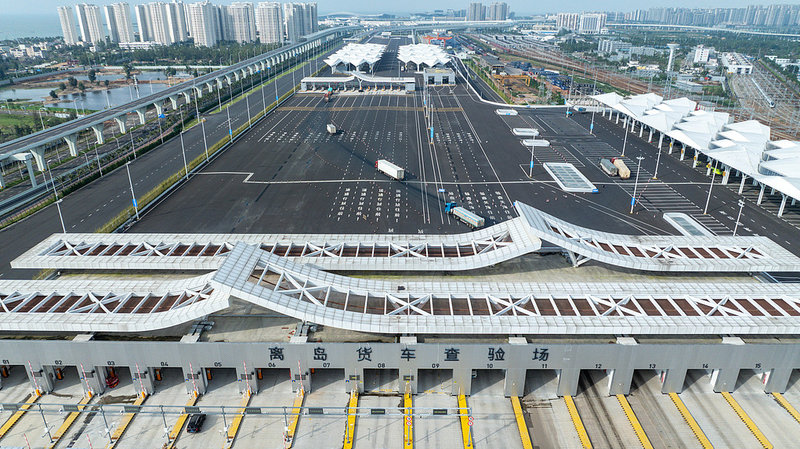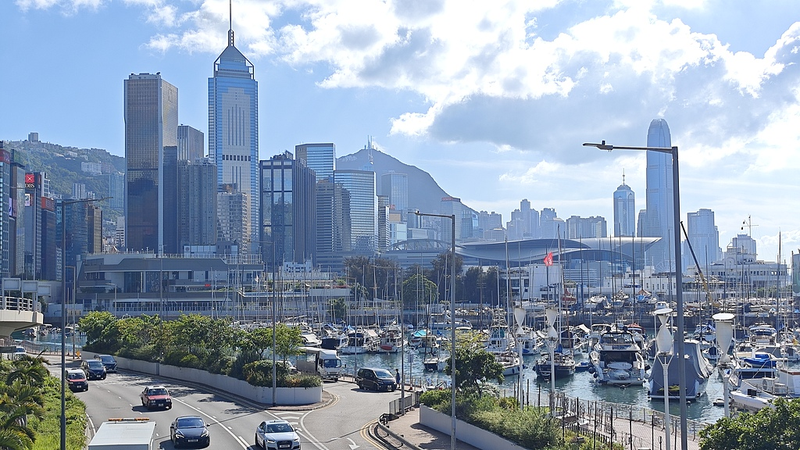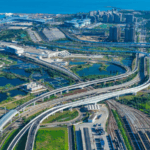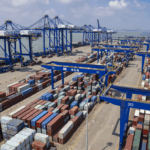As global economic governance undergoes seismic shifts, the Hainan Free Trade Port has emerged as a testing ground for China's institutional opening-up strategy. With its unique 'first-line free flow, second-line efficient control' model, this tropical hub is redefining how nations balance openness with security in trade, finance, and digital innovation.
Redefining Global Trade Rules
Hainan's zero-tariff policies and 15% income tax cap for enterprises – lower than Singapore and Hong Kong – are attracting multinational corporations seeking cost-efficient Asia-Pacific operations. Its 'electronic fence' financial supervision system demonstrates how China is addressing the global challenge of balancing capital flow freedom with risk management.
Pioneering Digital and Green Frontiers
The port's data governance framework enables secure cross-border information flows while complying with international digital trade standards. Through initiatives like the Hainan Ecological Software Park, it's creating new models for offshore data processing that align with global agreements like DEPA. Simultaneously, its carbon trading innovations and renewable energy incentives position it as a laboratory for sustainable development.
Strategic Counter to Deglobalization
With plans for full independent customs operations by December 2025, Hainan is developing smart supervision systems to maintain control while expanding market access. This approach offers developing economies a template for participating in international rule-making without compromising economic sovereignty.
As the world grapples with supply chain realignments, Hainan's integration of digital governance with traditional trade mechanisms provides actionable insights for rebuilding trust in multilateral systems. Its progress underscores China's evolving role from global rule-taker to rule-shaper in the new economic order.
Reference(s):
Experts: Hainan Free Trade Port exemplifies institutional opening up
cgtn.com








